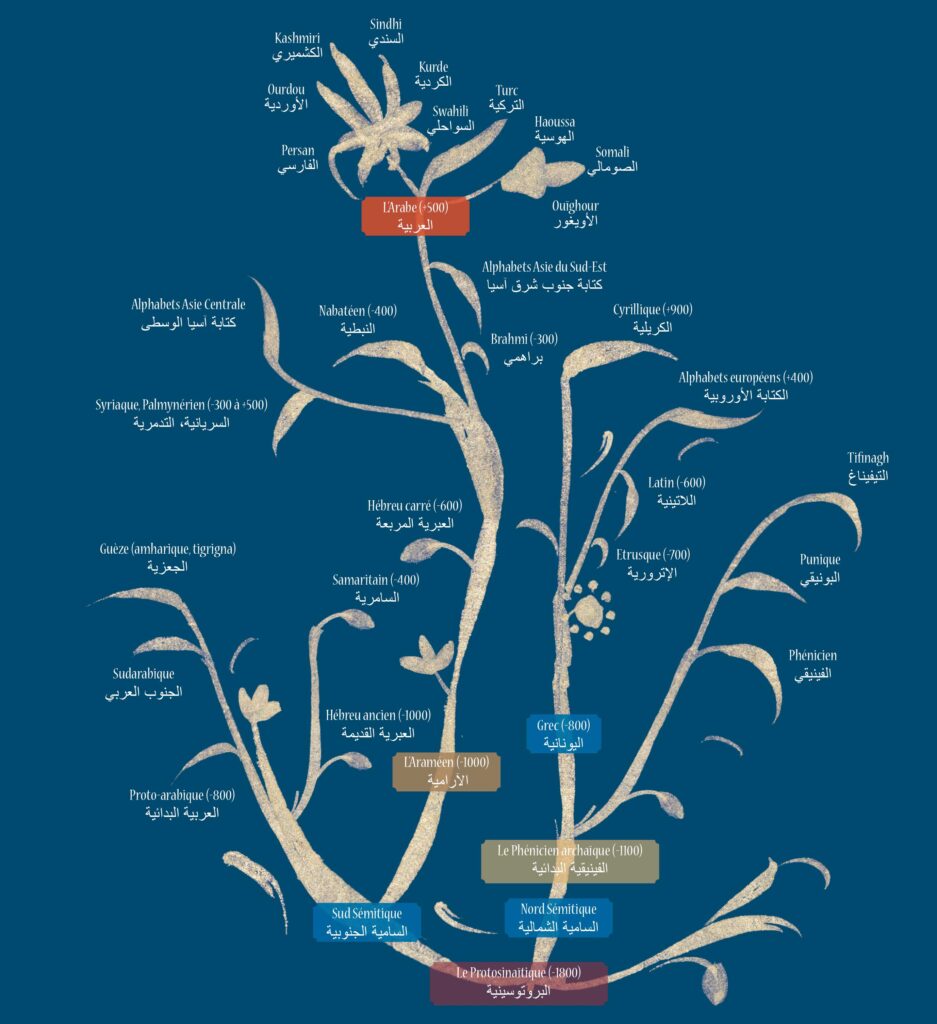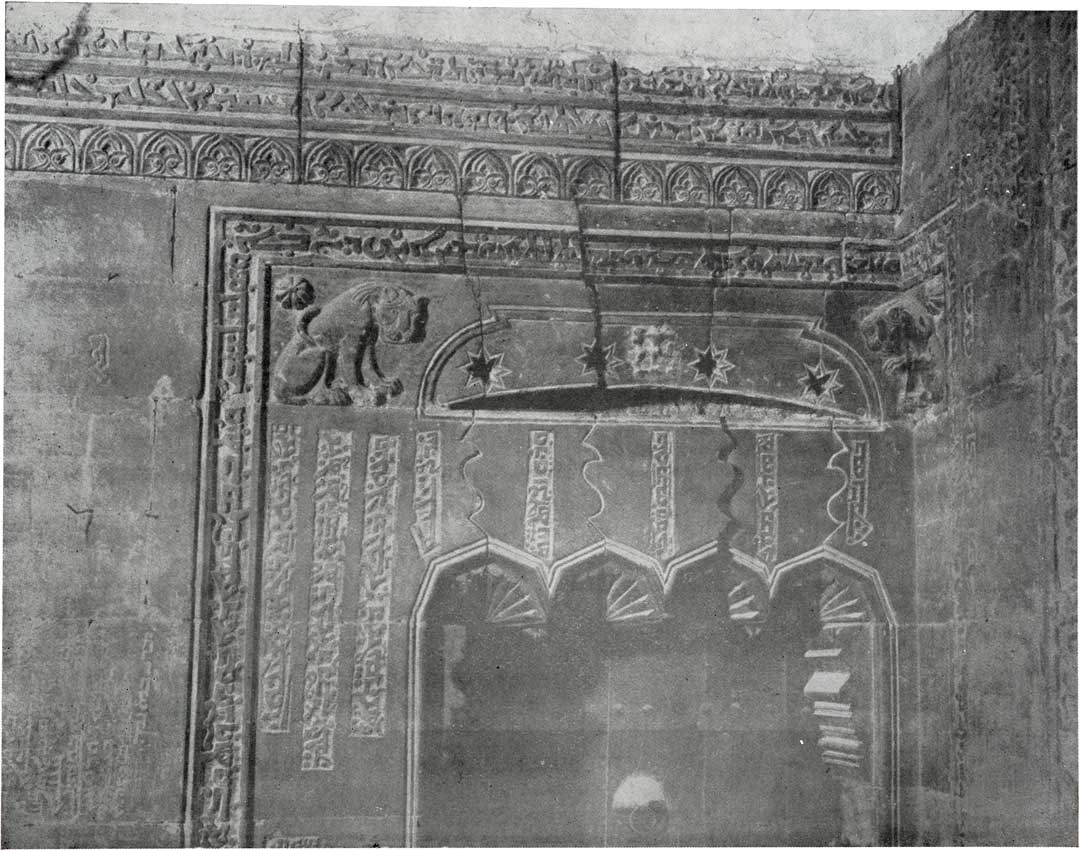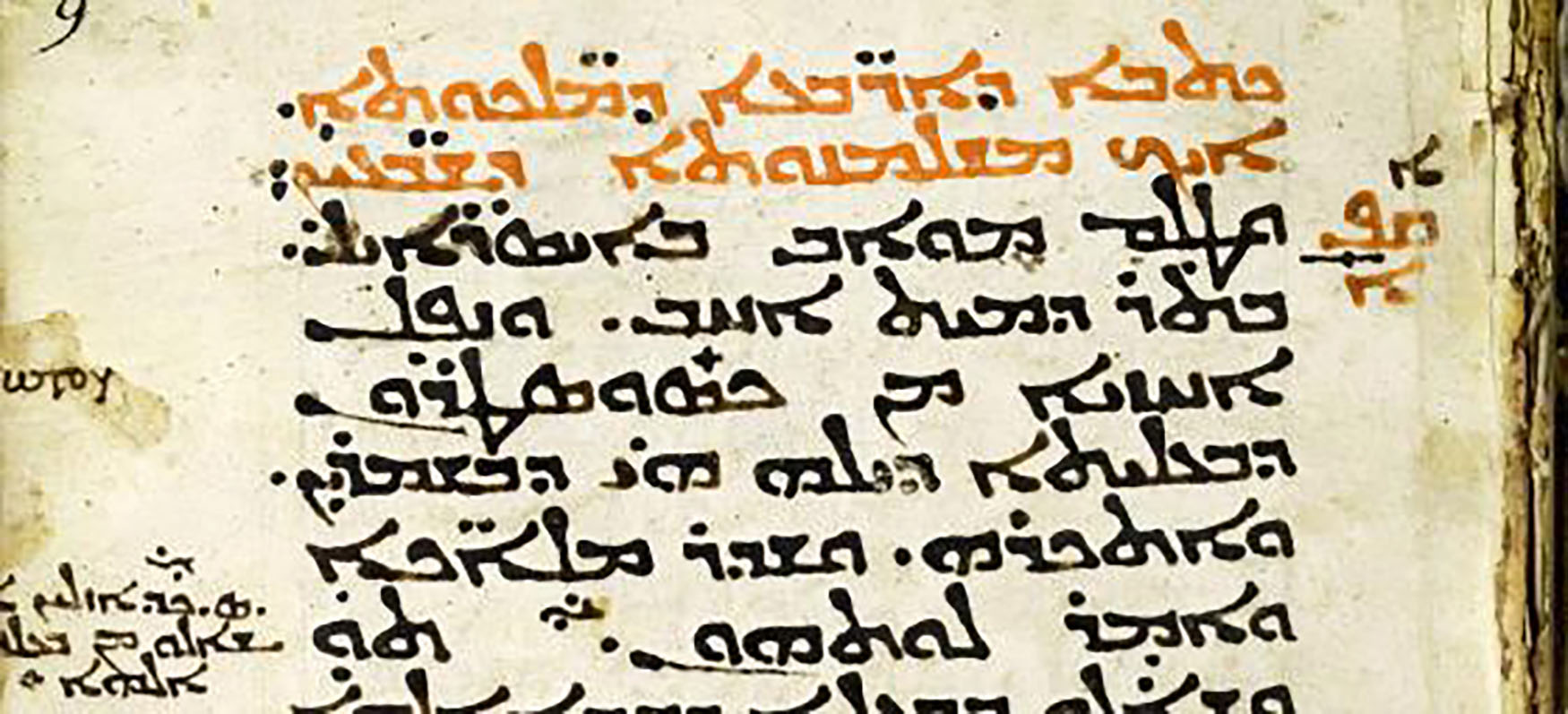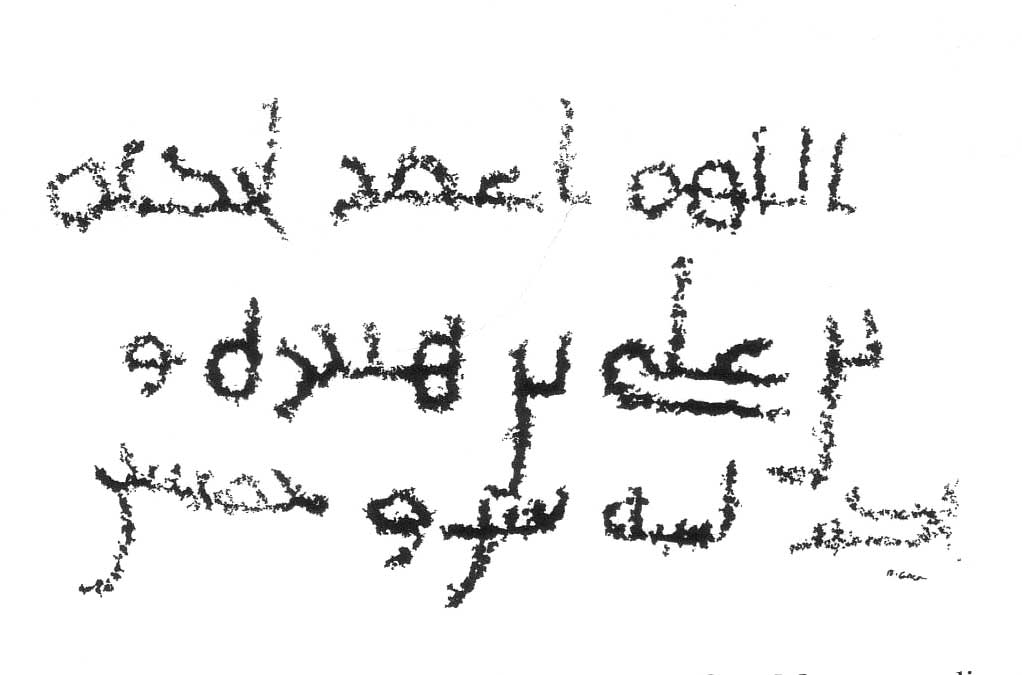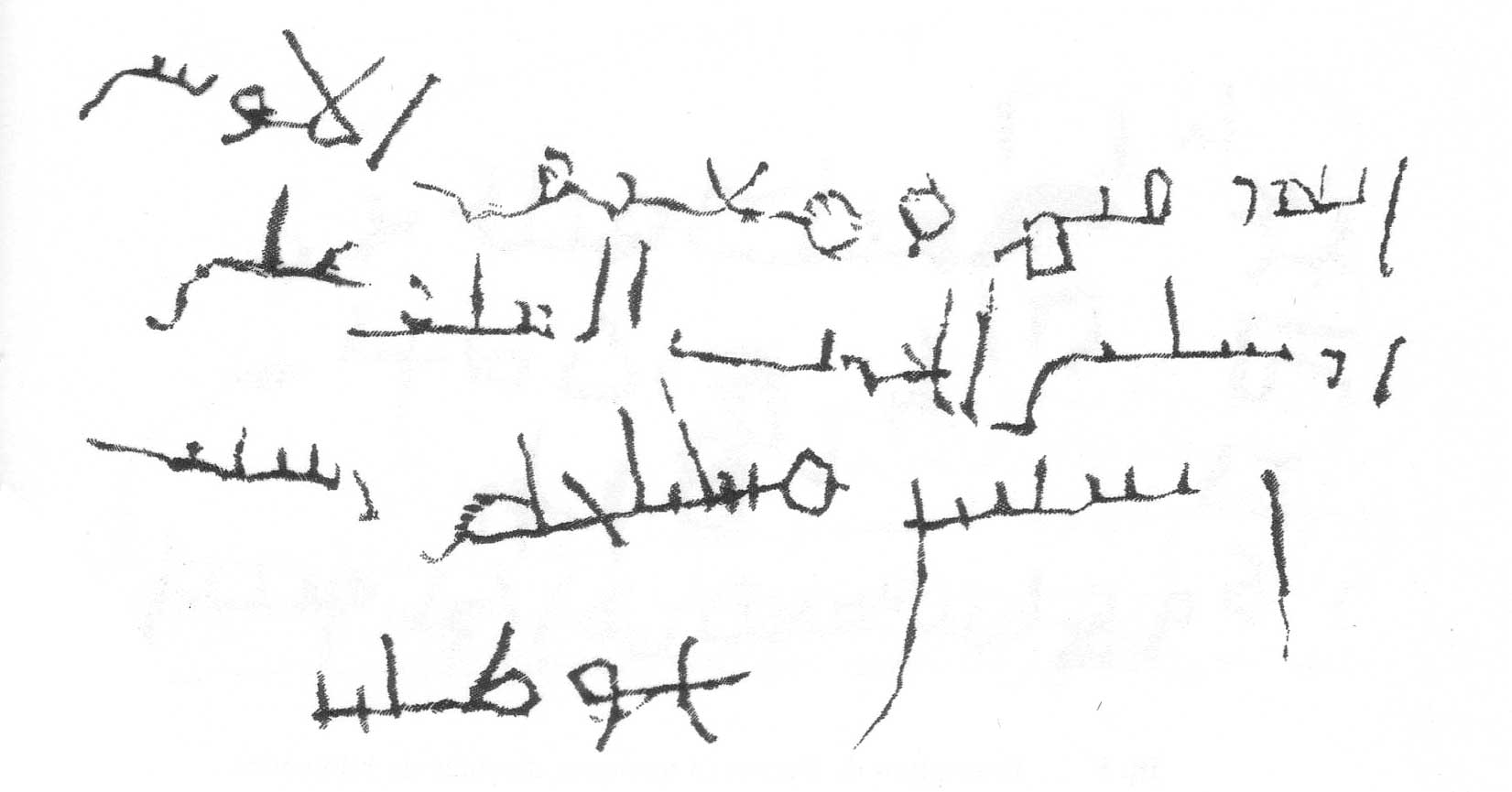The history of writing, an essential element of human civilization, emerged at different times and in different places. Its origins date back to around 14 centuries before the Common Era. Since its beginnings, Arabic script has gone through a remarkable process of evolution, from its earliest forms to its present-day usage.
Proto-Semitic script
The proto-Semitic script is an abjad (writing system (consonant alphabet) that appeared in the Levant (Near East) in the 19th century B.C. It laid the foundations for the writing systems used by Semitic languages, and its influence can be seen in the modern scripts of Hebrew, Arabic and other Semitic languages.
Syriac script
The Syriac script is a writing system derived from Aramaic, which first appeared in the 1st century A.D. It was used to copy and preserve numerous religious, theological and literary texts from the Christian tradition. Over the centuries, it spread to other regions, notably Mesopotamia and Persia, where it was adopted by other linguistic groups, such as the Mandaeans and Persian Christians.
Pre-Islamic script
The first pre-Islamic Arabic script was introduced into the Arabian Peninsula around the 8th century B.C. The Arabs used various writing systems, al-musnad in the south and Aramaic in the north. Inscriptions concerned funerary and commemorative subjects, as well as poetic texts, the most famous of which, the “mu’allaqât”, were displayed at the Kaaba.
